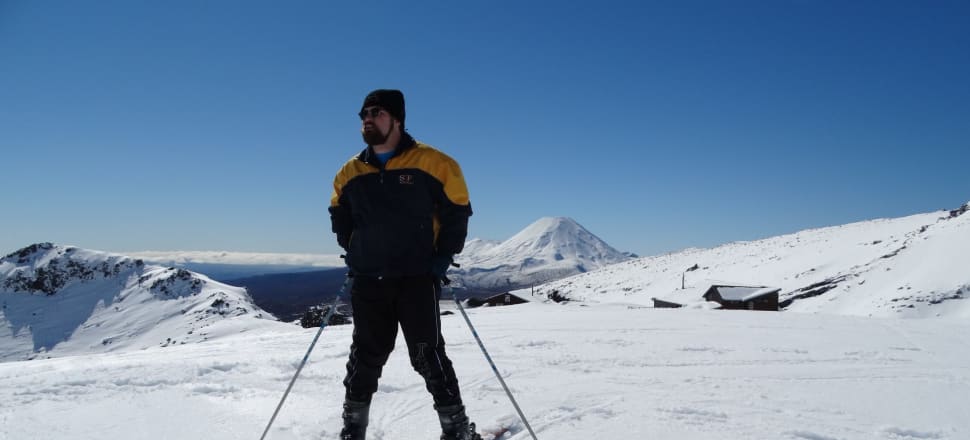
Last month, Ruapehu Alpine Lifts - which runs the Whakapapa and Tūroa ski fields - put itself into voluntary administration. The Detail looks at why this happened and whether there's a future for snow sports in the North Island.
After three tough years, with Covid-19 and poor snowfall, Ruapehu Alpine Lifts (RAL) has put itself into voluntary administration.
How has it come to this?
John Fisk, from PricewaterhouseCoopers, is one of the administrators.
He says there's no simple answer to why RAL has found itself in this position.
"These sorts of things build up over time, there's a whole range of circumstances that will have come into play to get to this position.
"But what essentially happened is the board got to a point where they couldn't be confident that they could pay their debts as they fell due," Fisk says.
In those circumstances, directors have a duty to go into some sort of formal insolvency process if they can't see a way back from that insolvency - in this case, they elected to go into voluntary administration.
"Part of our job is to look back at why the company failed and there's still work to be done there," Fisk says.
"The first obvious issue has been Covid, two seasons where the number of visitors coming to the mountain has been massively impacted by Covid lockdowns - and particularly from the Auckland market - has been hard.
"Laid over that has been three years of a La Niña weather pattern that has been significant, particularly in 2022, because they actually started the season really well, they had a lot of snow, but the rain came along and washed it all away," Fisk says.
That, again, put a massive strain on cashflow.
"The last three years have been very hard, but there are also a number of years where the company hasn't had sufficient capital to be able to do the maintenance on the mountain that it needs to," Fisk says.
"There's a lot of older equipment up there, so some of the chairlifts are really nearing the end of their useful life, so there's a massive capital expenditure programme ... about $25 million that needs to be spent over the next five years, and the board looked at that and said, 'We can't really commit to that, because we don't have enough capital to be able to do that', so hence we are where we are today."
How is RAL set up - and how's it different to other ski fields?
Unlike other ski fields around the country, which operate as privately-owned companies, RAL is set up as a not-for-profit.
It was established in the 1950s to cater for the ski clubs at Whakapapa.
"There are 48 club buildings up on the mountain now and they needed chairlifts to access the ski fields, so the company was really formed to support the clubs to be able to get access to the ski fields," Fisk says.
Being a not-for-profit makes it hard to raise capital, so season passes and life memberships became an important funding source.
There are also challenges operating in a national park, where there are co-governance arrangements with local iwi.
Fisk says this requires consultation over any changes.
"If you want to put in a new lift, it's not just a case of building it and getting resource consent, there is a consultation process that takes time."
What about climate change?
"Are there ski fields in Alice Springs?" asks NIWA hydrological forecasting scientist Jono Conway.
"You absolutely need the cold temperatures to make and maintain that snow through the winter.
"I think the future of snow is really a matter of timing, and also what path the world takes in terms of reducing emissions."
But with snow, Conway draws a contrast with shrinking glaciers.
"Unlike glaciers, they have memory from year to year and can't survive on a few good seasons, seasonal snow is a fresh slate every year, so you can have a worst year ever and then next year have the best year ever."
And three years of La Niña have certainly made things worst.
"Rain is snow's worst enemy ... it's not only not snow, it's not adding to the snow, and it's also melting it," Conway says.
Fisk says climate change is having an impact - and it's one of the reasons why RAL has invested in snow-making.
He says there's still scope to have a ski field on Ruapehu, moving higher up and across the mountain.
"There is still good snow and the height is very similar to some of our ski fields down south.
"It's not as if in the next five years or something you're going to have no skiing there, but it is changing."
Find out how to listen and subscribe to The Detail here.
You can also stay up-to-date by liking us on Facebook or following us on Twitter.








